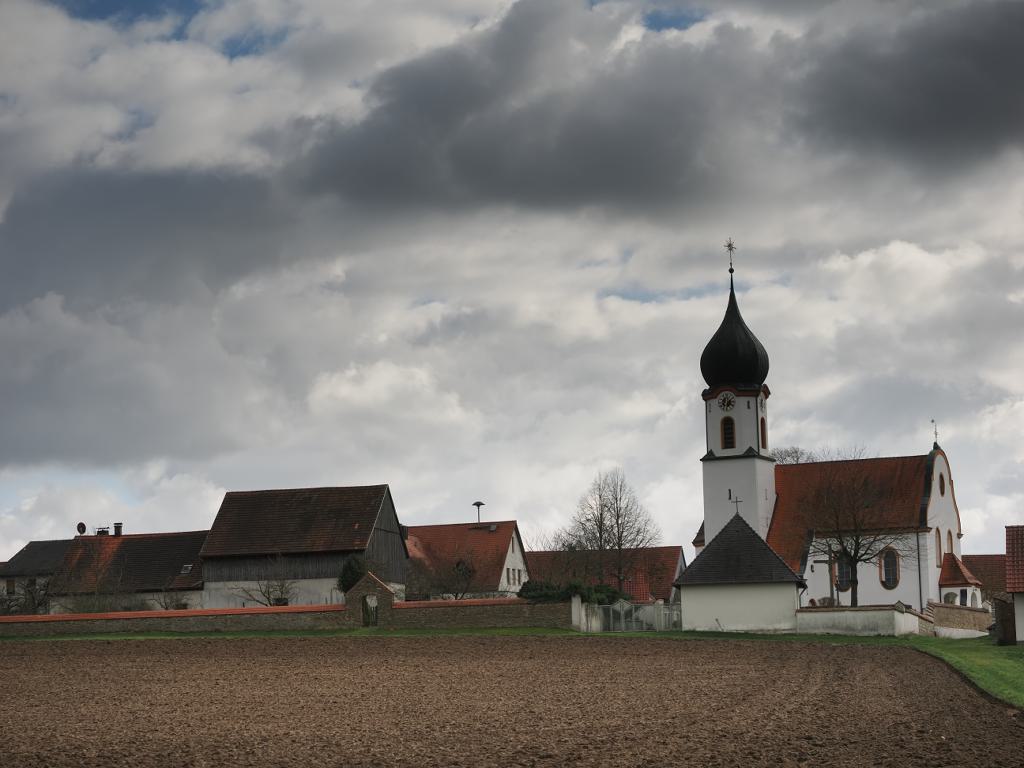
It is THE feature of the OM-1II. A world first. But what can it really do? The above is made with GND3 Soft, the dividing line just above the roof of the left house.
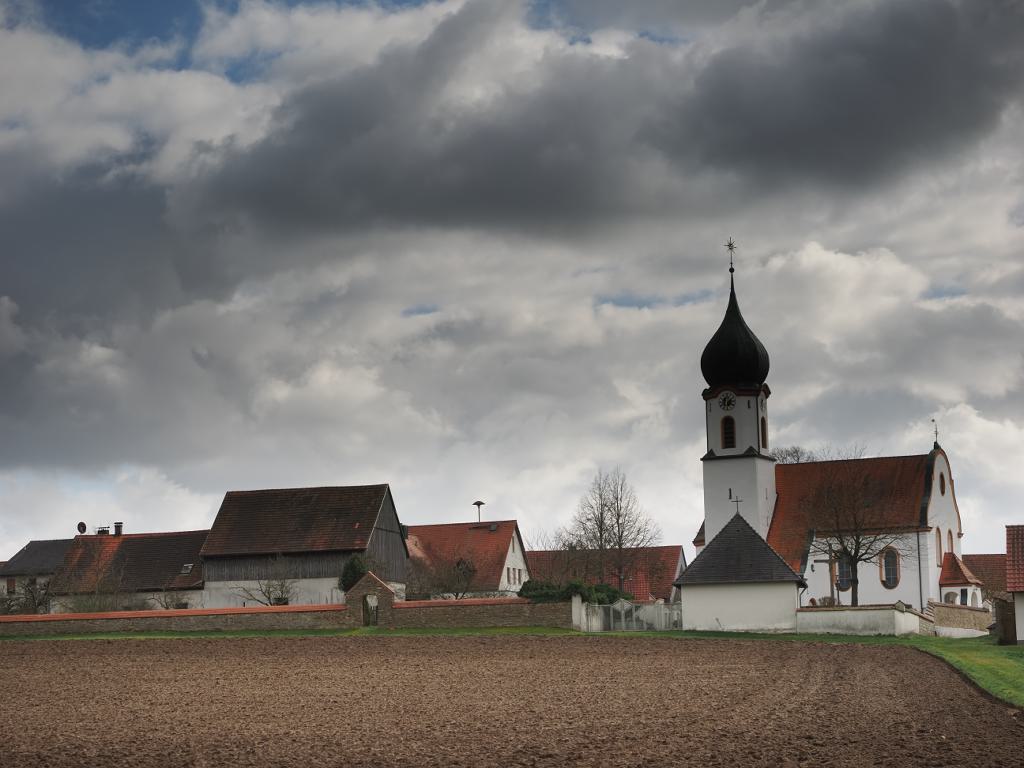
GND3 Medium
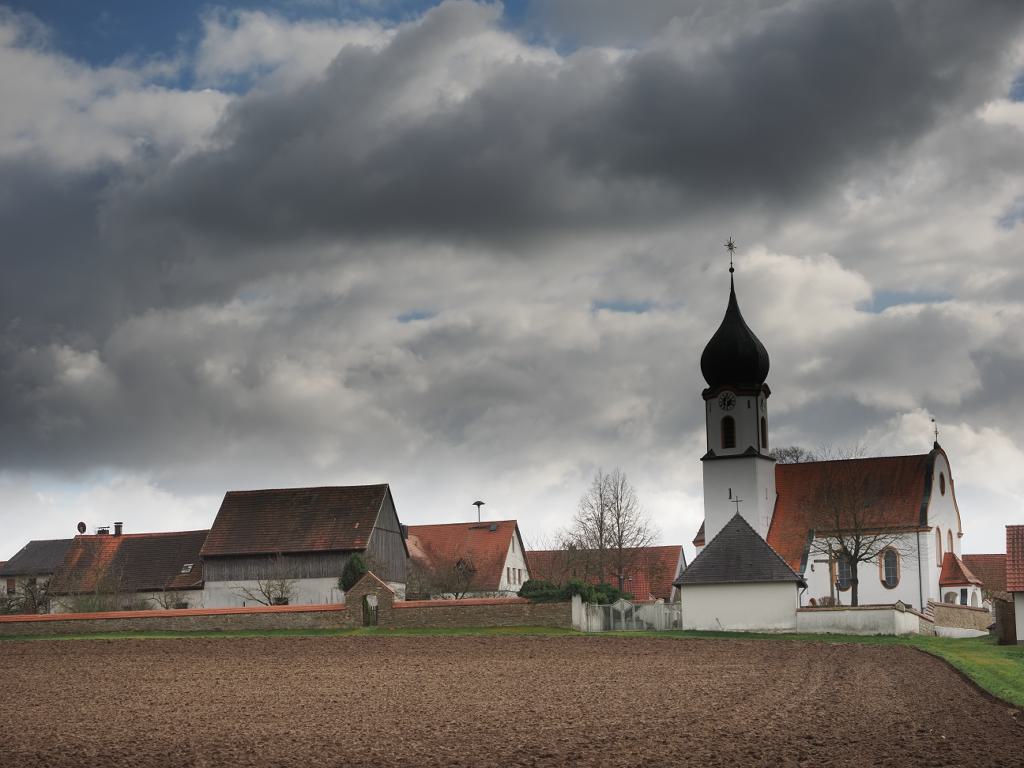
GND3 Hard.
Everything with A and aperture 4 and ISO 200. Exposure time according to EXIFs 1/4000s (more is not possible with GND3. With GND1 it is 1/16000s, with GND2 1/8000s.) White balance fixed to cloudy, but there are still colour deviations. Oh yes: the resulting images are RAWs. Which is pretty cool, because that leaves room for post-processing. You can enhance the RAW with an art filter in the camera, but you can’t combine the GND with the art filter straight away.
As you can see, the church tower loses a lot of its attractiveness due to the filter. This is the classic problem of the gradient ND filter – and also the reason why it is now often replaced by image processing. Or HDRs.
The camera can already do HDR – a few images are also processed. What does that look like?
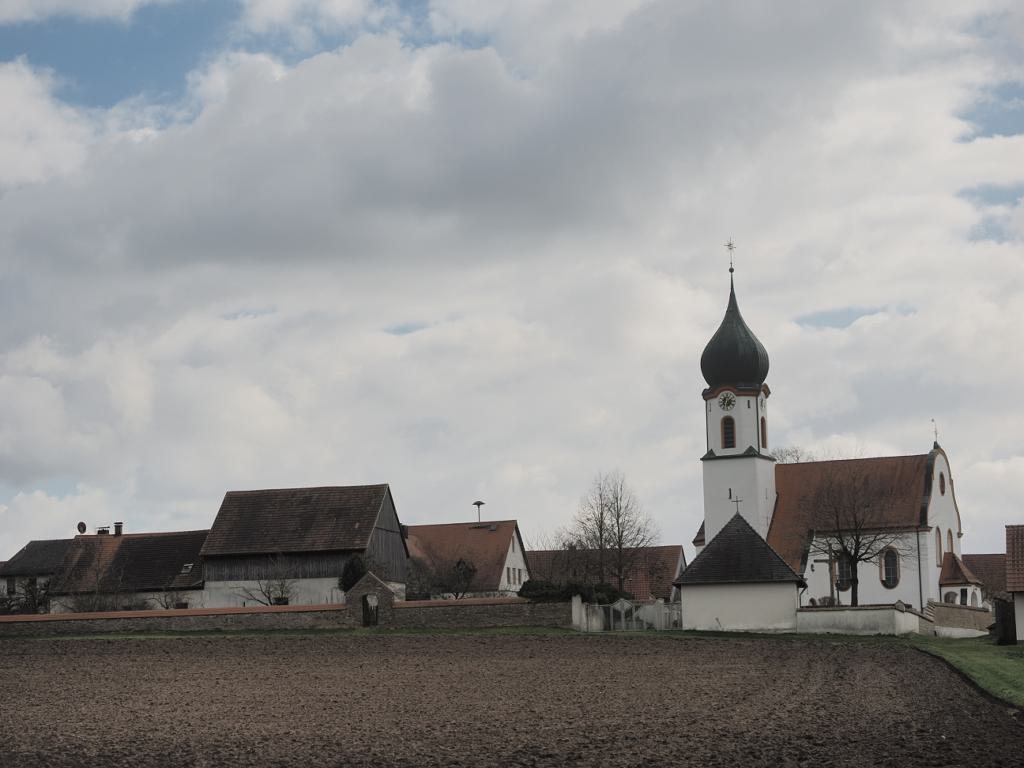
This is an HDR2. Clean drawing, the church tower is bright, but the over-dramatised sky is missing. There’s another “HDR for the poor” in the camera – the “Soft Light” art filter. It looks like this:
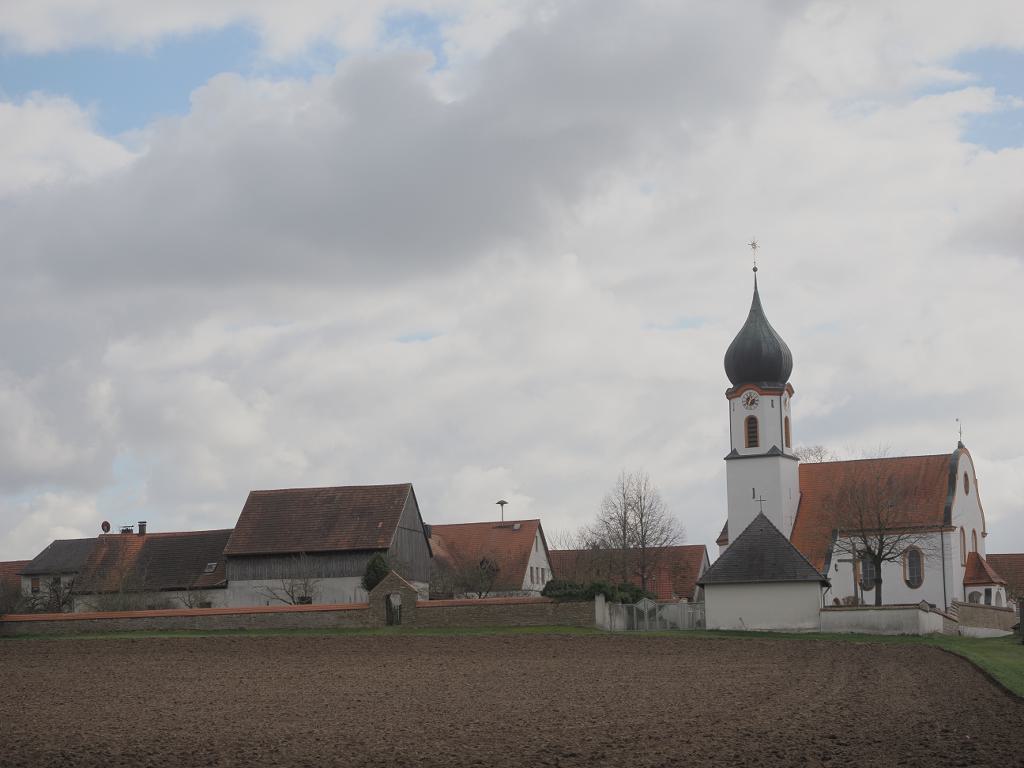
Not bad either, but different. The crack is missing because the art filter equalises the contrasts.
Then there’s another trick. You simply set the gradation in the camera from Normal to “Auto”. Then this is what you get:
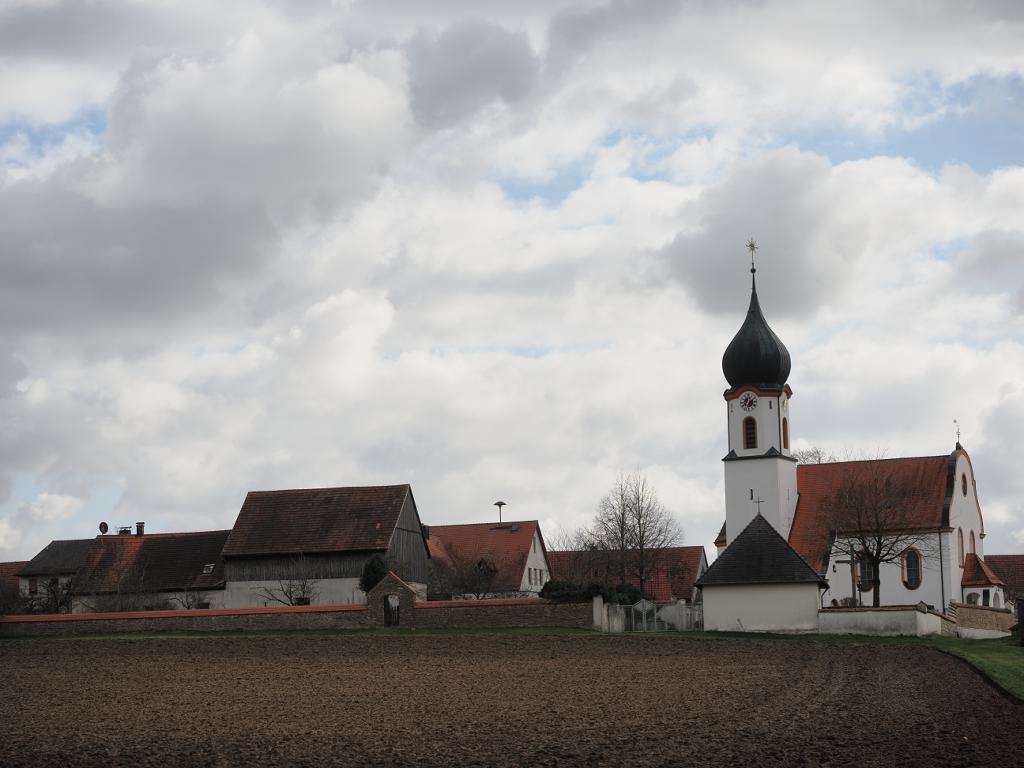
Big advantage: this method also works with KeyStone, fisheye equalisation and additional ArtFilters. For example, you can simply slap a Dramatic Tone on it.
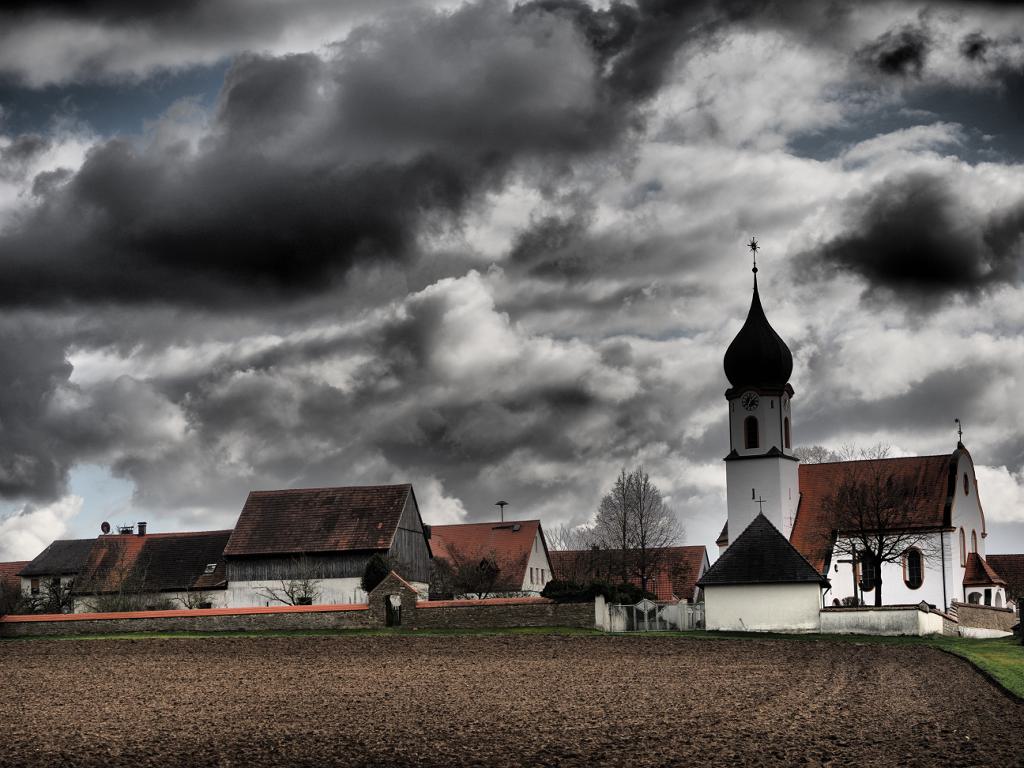
Too blatant? Well, it’s a matter of taste. And what does the picture look like without all the filters and other stuff?
Like this:
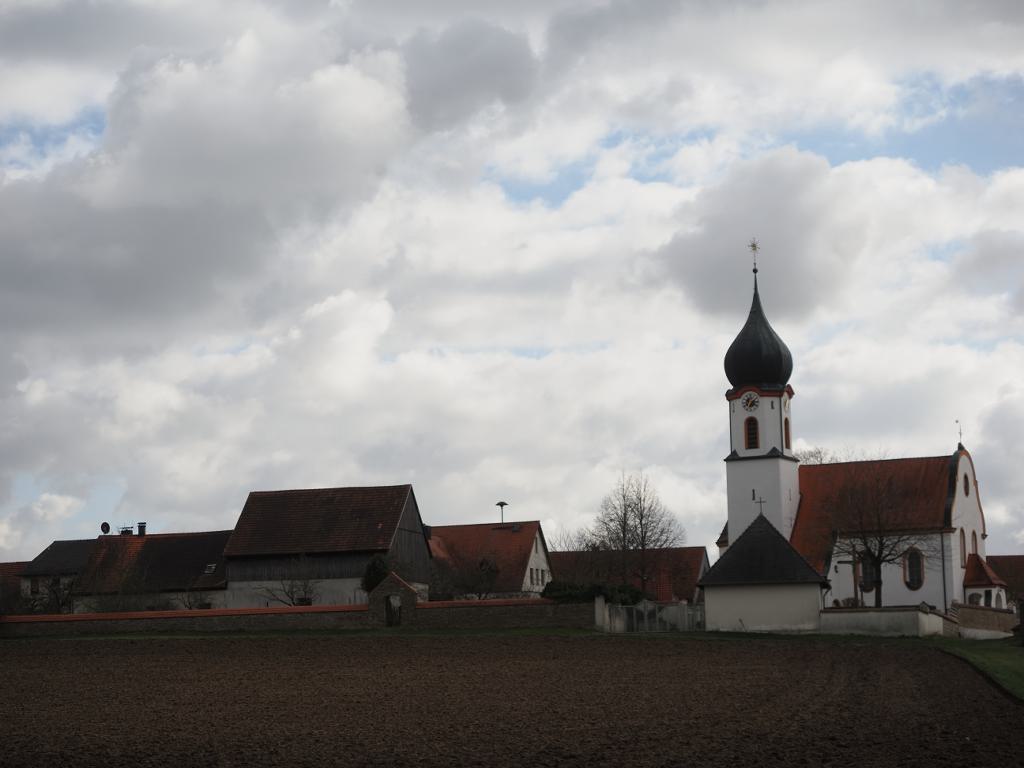
What do I want with all these pictures? Just to show what works. The LiveGND has a few problems – especially when the horizon is not straight. Or if I want to take a KeyStone at the same time. Compared to an actual GND filter, it only has the advantage that you have it with you – and the disadvantage that it paralyses all the other features in the camera.
But it definitely cannot be replaced by any other camera function. But – of course – the story that the function can’t be added to the OM-1 via a firmware update because something would be missing in the camera – that’s just silly. And it’s not a world first either. Pentax has had this for years.
Und dann gibt es noch eine Alternative: In Lightroom den Himmel auswählen und etwas bearbeiten. Dann die Maske umkehren und die Landschaft etwas aufhellen. Das dauert auch nicht länger als mit den Einstellungen an der Kamera experimentieren und man kann das Ergebnis am großen Monitor wesentlich genauer steuern.
Für mich soll eine Kamera das gut machen, was nur sie kann: Autofocus, Bracketing, Ibis … Den Rest – entrauschen, schärfen, Bilder kombinieren … – mache ich am Comupter.
Ulrich, das siehe ich genau so.
Die ganzen Zusatzfunktionen (außer Stacking/BKT) brauche ich nicht. Die kann man (noch) nicht kombinieren. Wir eine genutzt, wird der HDMI-Port abgeschaltet.
Dito. Ein Stacking, bei dem Überstrahlungen von Objekten mit stärkeren Kontrasten endlich vermieden werden, wäre viel wichtiger. Momentan erzeugen die unscharfen Objekte, zum Beispiel weiße Zahlen auf dunklem Untergrund, Lichthöfe um die scharfen Konturen. Die unscharfen Flächen und Ebenen müssten besser weggerechnet werden.
Du kannst den Horizont kippen. Hab ich mir bei der Promo zeigen lassen.
Brauche ich sowas? Naja, ich vergesse oft die Filtertasche und könnte mir schon vorstellen, dass ich das dann nutzen würde. So mache ich halt bei sehr großen Unterschieden zwischen hell und dunkel ein HDR und bastle das zuhause zusammen. Oder wie schon erwähnt den Himmel auswählen und abdunkeln. Dann stört auch kein Kirchturm.
Habe ich auch ausprobiert, das klappt gut. Grundsätzlich simuliert dieser Filter das, was mit einem Glasfilter auch passieren würde. Motivteile, die in den hellen Bereich hineinragen, werden abgedunkelt, obwohl das nicht gewünscht ist. Das alte Problem.
Dass die elektronische Variante ev. mehr können sollte, ev. in Verbindung mit Artfilter o.ä., wäre denkbar. Ev. was für ein Update?
Als technisches Feature finde ich den Verlaufsfilter durchaus sehr nett!